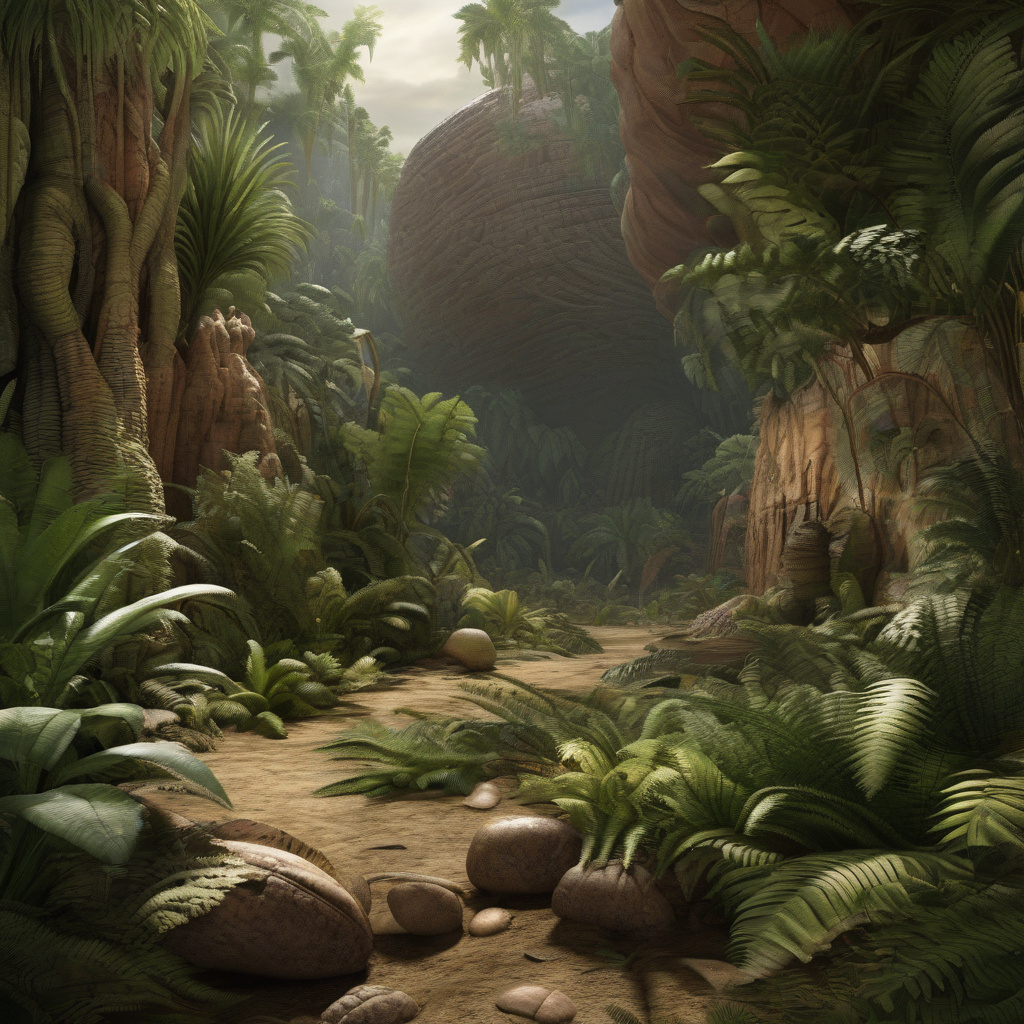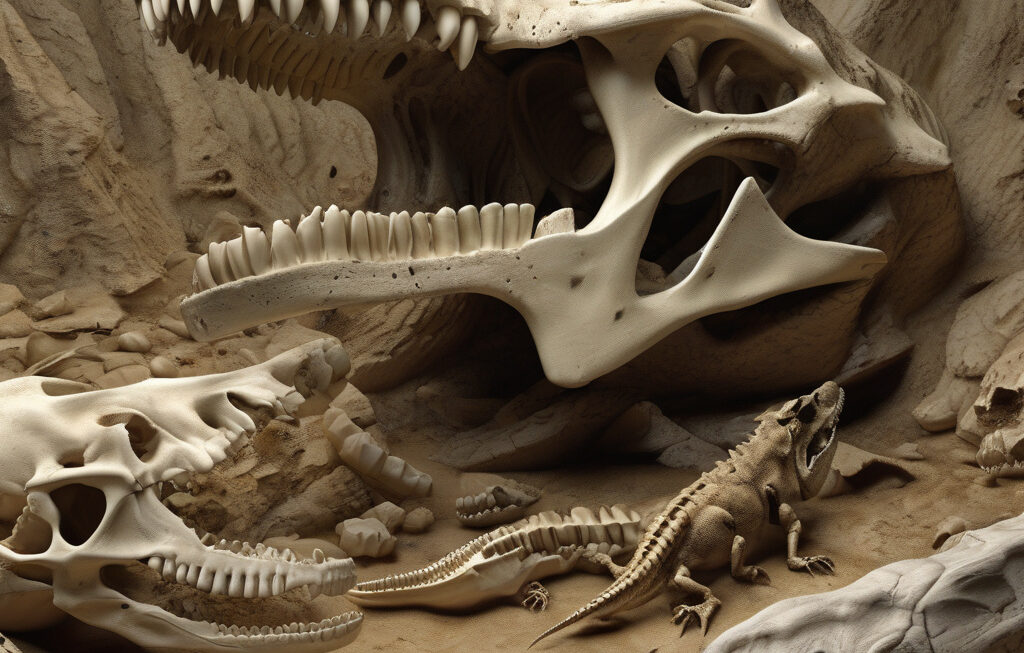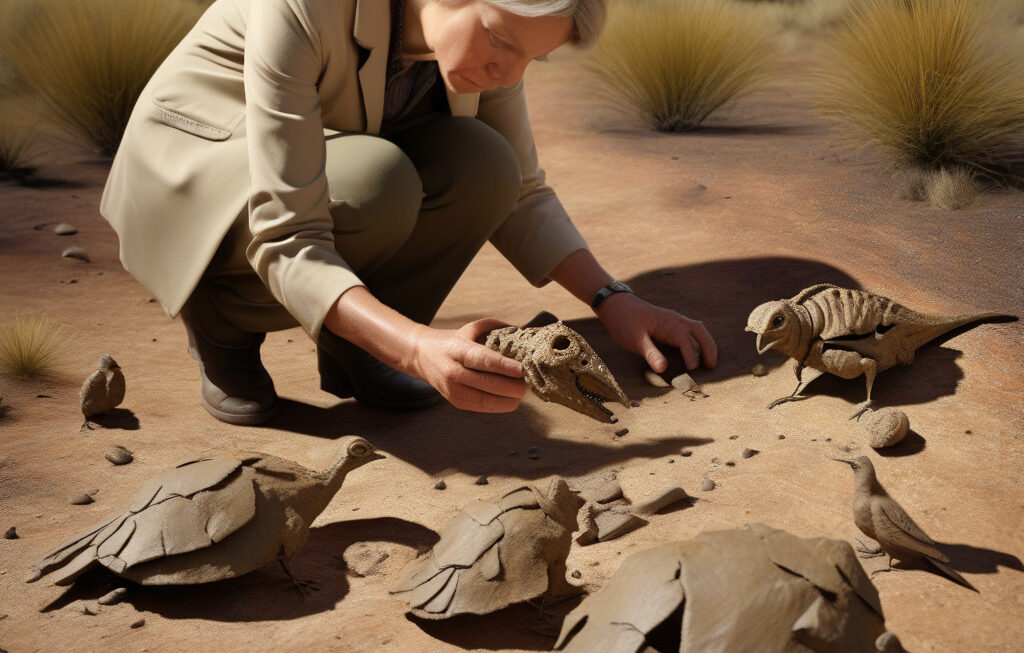Butterflies before flowers? 236-million-year-old fossil poop holds the answer
A prehistoric clue, buried deep in time, has just changed the story of evolution as we know it. In a groundbreaking discovery, scientists have unearthed a 236-million-year-old fossilized poop that sheds new light on the relationship between butterflies and flowering plants.
The fossilized feces, known as coprolites, were found in ancient rock formations in the United States. Upon analysis, researchers were astonished to discover ancient butterfly scales embedded within the fossilized excrement. This finding challenges the long-held belief that butterflies evolved alongside flowering plants, using their nectar as a food source.
According to traditional evolutionary timelines, flowering plants, also known as angiosperms, were thought to have co-evolved with butterflies and other pollinators. The mutualistic relationship between butterflies and flowers was believed to have driven the diversification of both groups. However, the presence of butterfly scales in the 236-million-year-old coprolites suggests that butterflies existed long before the emergence of flowering plants.
This discovery raises intriguing questions about the early interactions between butterflies and their environment. How did these ancient butterflies survive without access to the nectar of flowering plants? What alternative food sources did they rely on for sustenance? The answers to these questions could provide valuable insights into the evolutionary adaptations of butterflies and their role in prehistoric ecosystems.
Furthermore, the presence of butterfly scales in the fossilized poop challenges our understanding of plant evolution. If butterflies predate flowering plants, how did these insects contribute to the dispersal and diversification of non-flowering plant species? Did they play a role in shaping ancient ecosystems in ways we have yet to uncover?
This discovery highlights the dynamic nature of scientific inquiry and the ever-evolving story of evolution. By revisiting long-standing assumptions and exploring new evidence, researchers can uncover hidden truths about the history of life on Earth. The 236-million-year-old fossilized poop serves as a reminder that the past holds many secrets waiting to be revealed.
As scientists continue to analyze the ancient coprolites and unravel the mysteries they contain, our understanding of butterfly evolution and plant relationships will undoubtedly be transformed. This groundbreaking discovery not only reshapes our perception of the past but also underscores the importance of interdisciplinary research in uncovering the complexities of the natural world.
In conclusion, the 236-million-year-old fossilized poop containing butterfly scales offers a glimpse into a world long gone, challenging conventional wisdom and inspiring new avenues of scientific exploration. As we piece together the puzzle of prehistoric life, each new discovery brings us closer to unraveling the intricacies of evolution and the interconnectedness of all living beings on Earth.
evolution, butterflies, flowers, prehistoric, discovery












